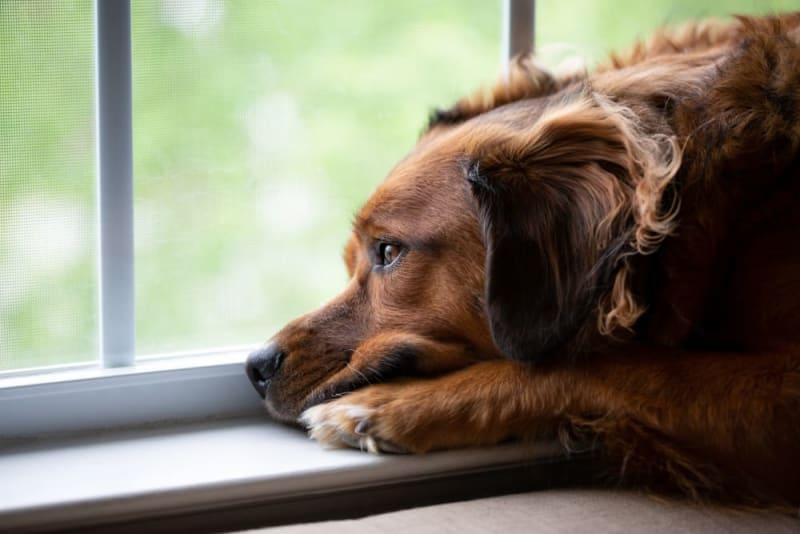Dog Anxiety Symptoms: 10 Critical Signs to Watch For

Just like humans, dogs can experience anxiety. Whether it's triggered by separation, loud noises, or unfamiliar environments, anxiety in dogs can lead to serious behavioral and health issues if left unaddressed. As a responsible pet owner, it's important to recognize the early warning signs so you can help your furry friend feel safe and secure.
Here are 10 critical dog anxiety symptoms you should watch for:
-
Excessive Barking or Howling
An anxious dog may bark or howl excessively, especially when left alone. This behavior is often tied to separation anxiety. -
Destructive Behavior
Chewing furniture, digging, or scratching at doors and windows can be signs of stress. Dogs often act out physically when they’re feeling anxious. -
Pacing and Restlessness
If your dog is constantly moving around, unable to settle down, or frequently changes positions, it might be dealing with anxiety. -
Panting and Drooling
In the absence of heat or physical activity, excessive panting or drooling can indicate anxiety. -
Urinating or Defecating Indoors
House-trained dogs that begin urinating or defecating indoors may be showing signs of stress or fear. -
Aggression
Unusual aggression toward people or other pets can sometimes stem from anxiety or fear-based triggers. -
Trembling or Hiding
If your dog frequently hides under furniture or trembles without an apparent cause, this may be a response to anxiety. -
Changes in Appetite
A sudden loss of appetite or disinterest in treats may be one of the more subtle dog anxiety symptoms, especially if your pet is usually enthusiastic about food. -
Excessive Licking or Chewing
Constant licking, especially of the paws, or chewing on themselves may indicate nervousness or discomfort. -
Hypervigilance
An anxious dog may appear constantly alert, with wide eyes and ears perked, reacting to every small noise or movement.
Recognizing these dog anxiety symptoms early on can make a significant difference in your pet’s emotional well-being. Consult your vet to determine the root cause and explore treatment options, including behavioral training, lifestyle changes, or calming products. By paying close attention to these signs, you can ensure your dog leads a happier, more relaxed life.
- Art
- Causes
- Crafts
- Dance
- Drinks
- Film
- Fitness
- Food
- Games
- Gardening
- Health
- Home
- Literature
- Music
- Networking
- Other
- Party
- Religion
- Shopping
- Sports
- Theater
- Wellness


